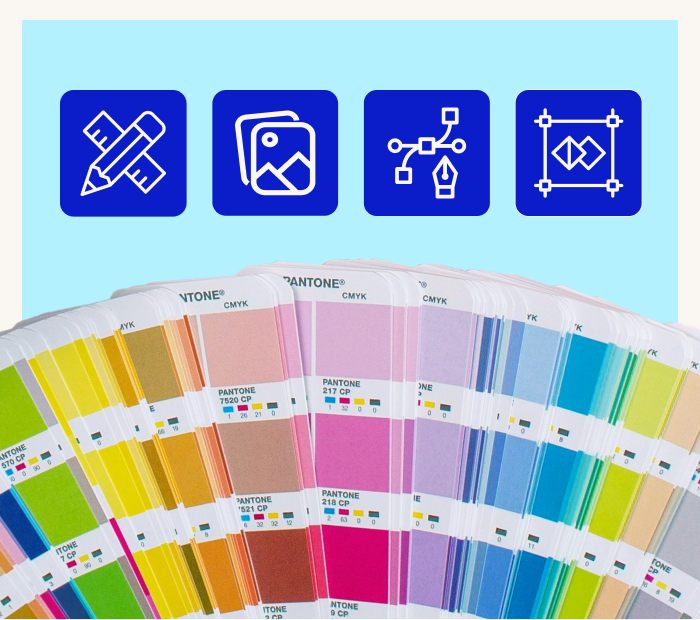How to provide effective design feedback
- 14 MIN Development, UI & UX Design
Design feedback is an integral part of any successful design project, it gives clients an opportunity to review and critique a design solution that has been presented. It is the role of the design contact (the representative that liaises with the design team) to collate and manage internal communications at their end and provide the agency with a concise list of feedback.

start by clarifying the objective.
Whether viewing a new design for the first time via email or in person these three questions will set you in good stead for providing effective feedback. Does the design meet my brief? Any design agency worth its salt will produce designs that visually represent the client’s objectives and requirements provided in a well-documented brief. To assist, consider your organisation’s key objectives and discern whether the design team has addressed them.
Is the design aligned with our organisation’s brand? In most cases, designers work with brand guidelines to ensure the correct imagery, graphics and fonts are used, and that the design adheres to the general rules outlined in the guidelines. However, designers rely on your experience and knowledge of your brand to tell them if they have hit the mark, or if there is room for improvement.
If your organisation doesn’t have brand guidelines, the process involves looking at existing branded materials and asking specific questions to help ascertain a look and feel that accurately translates the personality of your organisation.
If your organisation doesn’t have brand guidelines, the process involves looking at existing branded materials and asking specific questions to help ascertain a look and feel that accurately translates the personality of your organisation.
be clear.
- Bullet points are best, ideally one for every item that needs to be addressed. This is much more effective than providing a paragraph-based dialogue on what needs to be changed.
- If there’s a lot of feedback, try to break it down by section e.g. per page, or item being delivered like “940px banner”. Simple identifiers like “top-left” or “third section” helps to quickly identify the issue and amend it.
- Screenshots never hurt!
be specific.
be descriptive.
The more context and reasoning, the better! In general, comments like, “I just don’t like it,” or, “This sentence isn’t true,” aren’t constructive; they simply don’t provide the detail and necessary guidance to make changes from a design perspective.
My advice
be disciplined.
3 round revision model
First round: Identify major issues and provide feedback to address them. If you’re presenting a design to stakeholders, use the first round to get the design to a stage where you think you have nailed the brief. This should give it the best chance of success.
Second round: Confirm that the changes made have resolved the issues identified in the first round; tweak and respond if they don’t. Ensure the design composition is balanced after addressing latest changes. Get any stakeholder feedback required and consolidate into one final group of changes. Let them know there is only one chance to give feedback. If your project is time sensitive, provide all stakeholders with a feedback deadline.
Final round: Approve the design tweaks and move forward.
listen.
conclusion.
By now, I hope you have a good understanding of our design process here at Butterfly as well as some tools to help you manage your next design project. Creating a beautiful and effective web design is a challenging task; it involves distilling vast amounts of information into a visually appealing and balanced composition that appeals to a specific target market. It needs to be an effective communication tool that can successfully market a service or product. It must reflect the organisation’s brand and should be intuitive for the user to interact with, allowing easy access to the information required.
Having succinct and considered feedback is the dream scenario for designers; it allows us to manage the integrity of the design without compromising any of the core functions listed above.
Like this article? Share with friends and colleagues




